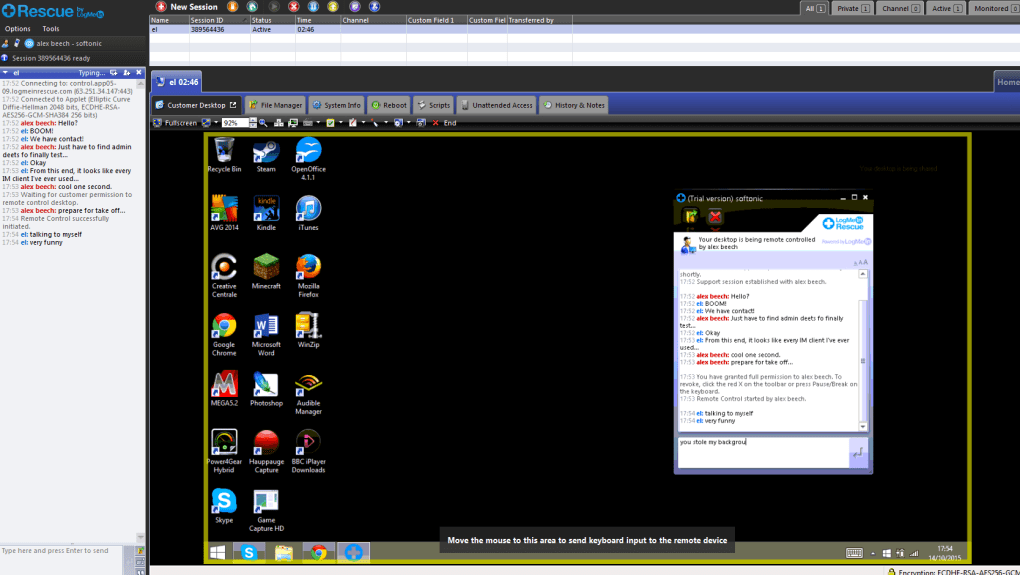
Select Show in User app list so that this web application displays in the user portal. The Application ID is case-sensitive and can be any combination of letters, numbers, spaces, and special characters up to 256 characters. There can only be one SAML application deployed with the name used by the mobile application. If you change the name of the web application that corresponds to the mobile application, you need to enter the original application name in the Application ID field.
#Logmein support code
The Application ID has to be the same as the text string that is specified as the target in the code of the mobile application written using the mobile SDK. CyberArk Identity uses the Application ID to provide single sign-on to mobile applications. On the Application Settings page, expand the Additional Options section and specify the following settings:Ĭonfigure this field if you are deploying a mobile application that uses the CyberArk mobile SDK. See CyberArk-issued derived credentials for more information. (Optional) On the Application Settings page, click Enable Derived Credentials for this app on enrolled devices (opens in built-in browser) to use derived credentials on enrolled mobile devices to authenticate with this application.

See Choose a certificate file for the latest information.
#Logmein support how to
The description of how to choose and download a signing certificate in this document might differ slightly from your experience. You can specify an IP Range in the Identity Administration portal Policy page to restrict access to the application.Ĭonfigure LogMeIn Rescue in the Identity Administration portal
#Logmein support password
Resetting another user’s password requires administrator rights.Īccess restriction using a corporate IP range All users must log in through IdP after SSO is enabled.Īfter SAML settings are enabled and saved, there is no back door. There is a mobile client but it does not support SAML SSO. The following table lists features and functionality specific to LogMeIn Rescue. What you need to know about LogMeIn RescueĮach SAML application is different. You also upload the public key certificate in a. p12 file to the application settings in the Identity Administration portal. If you use your own certificate, you upload the signing certificate and its private key in a. To establish a trusted connection between the web application and CyberArk Identity, you need to have the same signing certificate in both the application and the application settings in the Identity Administration portal. You can either download one from the Identity Administration portal or use your organization’s trusted certificate. For details, see Send SAML Metadata to LogMeIn Rescue for SSO configuration LogMeIn Rescue requirements for SSOīefore you configure the LogMeIn Rescue web application for SSO, you need the following:Īn active LogMeIn Rescue account with administrator rights for your organization. You will need to copy some settings from Application Settings in the Identity Administration portal send them to LogMeIn Rescue. For details, see Configure LogMeIn Rescue in the Identity Administration portal.

Once the application settings are configured, complete the user account mapping and assign the application to one or more roles. In the Identity Administration portal, add the application and configure application settings. Prepare LogMeIn Rescue for single sign-on (see LogMeIn Rescue requirements for SSO). SP-initiated SSO for LogMeIn Rescue is automatically enabled when the SAML feature is activated.


 0 kommentar(er)
0 kommentar(er)
